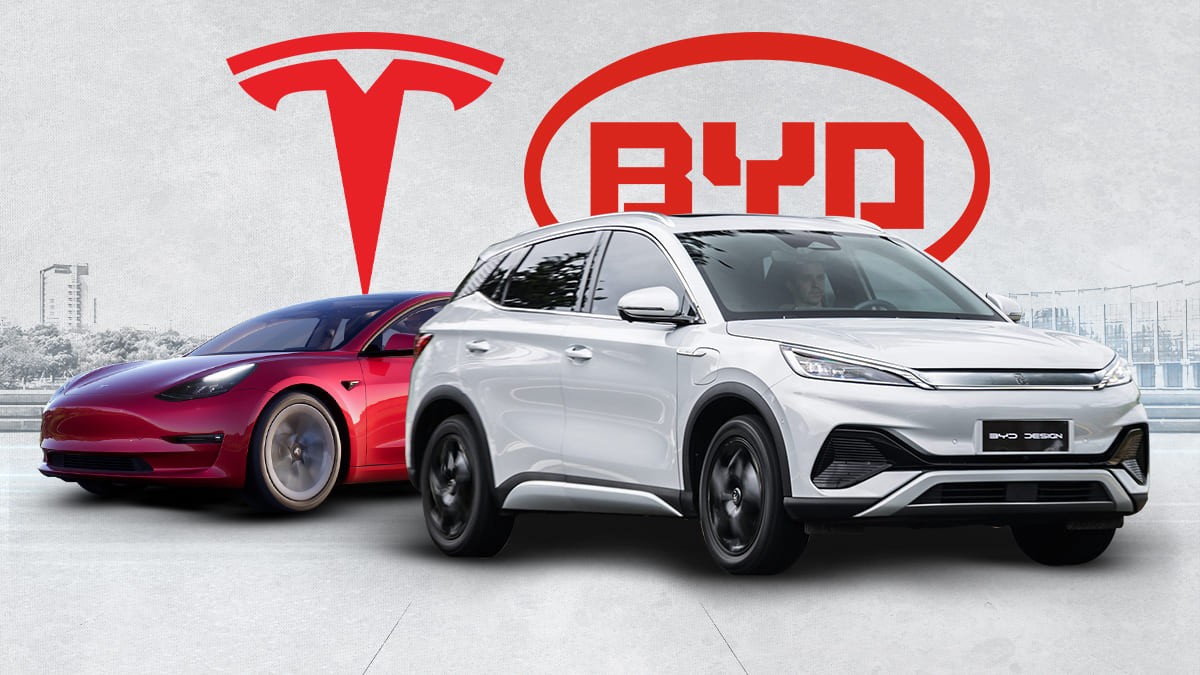Global markets have recently witnessed notable events reflecting the interplay between monetary policy, economic factors, and trends in the electric-vehicle industry. On one hand, the Bank of Japan’s meeting minutes revealed ongoing debate among board members about the path of interest rates amid close monitoring of global developments. On the other, Chinese automaker BYD outperformed rival Tesla in European electric-vehicle sales for the second month in a row.
Bank of Japan Minutes Signal Potential for Continued Rate Hikes Amid Global Uncertainty
The minutes from the Bank of Japan’s July meeting, released Thursday, highlighted differing views among board members regarding the future of monetary policy, with general agreement that raising interest rates remains an option if the economy and prices continue to move as expected.
Several members noted that the U.S.–Japan trade agreement has helped reduce economic uncertainty but stressed the need to closely watch tariffs, which could exert pressure on growth and prices.
One member said the baseline scenario still points to a temporary slowdown in growth and core inflation, while another emphasized monitoring the impact of the January rate hike.
Some members remarked that monetary policy remains below a neutral stance, warning that excessive caution could mean missing an appropriate window to raise rates. Others suggested the bank might soon move away from its wait-and-see approach and begin increasing rates—possibly this year—if the U.S. economy proves resilient and Japan’s economy is not significantly affected.
Conversely, several members urged patience, calling for more data before taking new steps, given potential shifts in U.S. Federal Reserve policy and currency-market volatility tied to inflation and labor-market conditions in the United States.
BYD Surpasses Tesla in EU Electric-Vehicle Sales for the Second Straight Month

Chinese automaker BYD outperformed U.S. rival Tesla in European Union car sales in August for the second month in a row, with BYD’s sales nearly triple Tesla’s, according to data from the European Automobile Manufacturers’ Association.
Overall EU car sales rose 5.3% in August, driven by increases of 30.2% in electric vehicles, 54.5% in hybrids, and 14.1% in plug-in hybrids.
BYD’s EU sales surged 201.3%, lifting its market share to 1.3%, while Tesla’s sales fell 36.6%, reducing its share to 1.2%, down from 2% a year earlier.
Meanwhile, Stellantis—parent company of brands such as Peugeot, Fiat, and Chrysler—returned to growth in European sales for the first time in over a year, benefiting from improved market demand.
These developments underscore a complex global economic landscape. Central banks strive to balance monetary stability and growth, while electric-vehicle manufacturers wage intense competition to reshape the European market. The future will depend on the resilience of major economies and how markets respond to these rapid changes.

